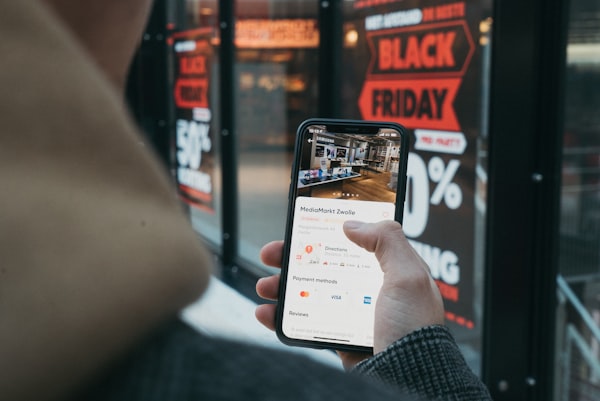Digital transformation is a hot topic in the retail industry. But what does it actually mean? In this article, we’ll explore the definition of digital transformation for retail, its benefits and challenges, and how retail companies are using it to stay competitive. Keep reading to learn more about digital transformation in retail.
What is digital transformation in retail?

Digital transformation in retail is the process of adapting to and using digital technologies to change the way a company does business. Retailers are under pressure to adopt digital technologies in order to keep up with consumers’ changing shopping habits. Consumers are increasingly buying products online, and retailers need to find ways to compete with online sellers.
Digital transformation can be challenging for retailers because it requires a lot of time and money investment, and there is always the risk that it may not be successful. However, if done correctly, digital transformation can help retailers stay competitive in today’s marketplace
What are the key components of a successful digital transformation strategy for retailers?

There is no single blueprint for a successful digital transformation strategy in retail, as the approach that works for one company might not be appropriate for another. However, there are key components that are essential for any retailer looking to make the transition to a digital-first business model.
First and foremost, retailers need to have a clear understanding of their customers’ needs and wants, and what drives them to purchase items online or in-store. They also need to have a well-developed e-commerce platform that can handle transactions smoothly and provides an optimal customer experience.
In addition, retailers need to create an effective marketing strategy that targets consumers with relevant content across all channels, including social media, email marketing, and paid search.
Finally, it’s important to have the necessary resources in place to support the digital transformation effort, including employees with the necessary skillset and technology infrastructure that can handle increased traffic and volume.
How can retailers achieve digital transformation?

The first step in achieving digital transformation is understanding how customers interact with your brand online. This includes identifying what channels they use, what devices they prefer, and what interactions they have with your brand. Retailers should also identify which areas of their business are most in need of improvement and focus on those first.
Once you have a clear understanding of your customers’ needs, you can begin to redesign your business processes and systems to meet those needs. This includes deciding which technologies to use and how to train employees on how to use them. It’s also important to set goals for what you want to achieve with digital transformation and track progress over time so that you can continue improving.
Finally, it’s important to create a culture within your organization that embraces change. Digital transformation is a continuous journey and it’s important that everyone in your company is on board with the vision. Training employees on the new technologies and processes is essential for success.
What technologies should be used by retailers for their digital transformations?

For retail businesses, there are a few key technologies that can be used to achieve digital transformation.
One of the first steps in using technologies for digital transformation is to improve inventory management. This can involve using sensors or radio frequency identification (RFID) tags to track items as they move through the supply chain so that businesses can make better decisions about what items to stock and when to order more.
Another use of technology is in online sales and marketing. By creating an effective e-commerce presence, businesses can reach new customers and sell products beyond their local area. Additionally, retailers can use digital tools to create more personalized customer experiences. This might include using data collected from customers’ interactions with the business, such as website visits or purchase histories, to recommend products or services that they might be interested in.
Transform your retail business with digital technology.
Overall, digital transformation can provide a number of benefits for retail businesses, including increased efficiency, improved competitiveness, and enhanced customer experiences. By following the steps in our guide, your retail business can reap the benefits of digital transformation, too.
